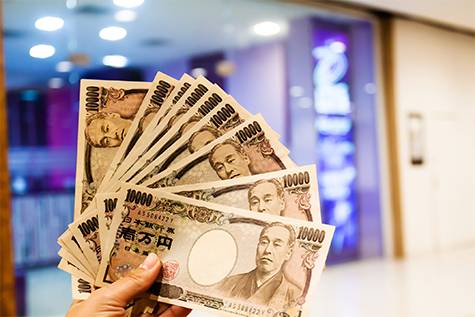Aluminum continues to perform strongly despite global economic shifts and regional extraction and refining challenges.
On July 25, aluminum prices on the London Metal Exchange climbed to a four-month high, closing the week at $2,656.5 and $2,657 per ton—an increase of $10.5 or 0.39%. According to reports, this rise was mainly driven by renewed optimism about Chinese demand, along with mounting pressure from global supply constraints.
On the same day, the three-month bid/ask prices rose by $7.5 per ton or 0.28%, reaching $2,655.5 and $2,656 per ton, respectively. In the following week, spot aluminum prices were recorded at $2,635.85 per metric ton, a slight pullback from the recent peak. Nonetheless, prices remain relatively elevated due to a combination of supply constraints and renewed demand from infrastructure projects in major economies.
Key Drivers of Price Movements
According to market observers, the current rally in aluminum prices is attributed to several factors, led by China’s production cap policies. Although China is the world’s largest aluminum producer, it is nearing its annual ceiling of 45 million metric tons—a policy aimed at curbing carbon emissions. This has led to expectations of reduced output in the second half of the year.
Rising demand from fast-growing sectors such as electric vehicles and renewable energy is also a key stabilizing force. Meanwhile, the European Union is ramping up investments in defense manufacturing, boosting demand for industrial metals like aluminum. Continued sanctions on Russia, a major aluminum exporter, have further constrained supply to European markets.
Other contributing factors include:
– Rising energy costs, as aluminum smelting is highly electricity-intensive.
– Trade disruptions, including escalating tariffs that are reshaping global aluminum flows.
– Supply chain volatility and increased demand from infrastructure projects.
Impact of Tariff Policies on Producers
In North America, tariff policies—especially under Section 232—continue to reshape the dynamics of the U.S. aluminum sector. Reports indicate that while domestic production remains strong, supply is increasingly supported by imports, particularly from Canada and Middle Eastern countries.
The industry was jolted in June when the U.S. doubled Section 232 tariffs to 50%, triggering major cost shifts and forcing producers to restructure supply strategies. Analysts note that producers have managed to adapt quickly despite the pressure.
For instance, Alcoa, one of the producers affected by the higher tariffs, has redirected Canadian exports to Europe and Asia while divesting non-core assets. Meanwhile, Rio Tinto, heavily reliant on Canadian exports to the U.S., incurred $321 million in tariff costs during the first half of the year. Approximately 723,000 tons of aluminum were exported to the U.S., significantly increasing cost burdens.
Outlook for the Aluminum Market
Industry leaders warn that prolonged trade tensions could dampen global aluminum consumption and curb sector growth. While some companies benefit from short-term regional supply shortages, many are preparing for deeper structural shifts should tariffs persist. Others are actively lobbying for exemptions.
Still, there are positive indicators supporting the market in the near term. Beijing has announced a ¥1.2 trillion hydroelectric dam project, signaling government intent to stimulate the economy through infrastructure investment. The project is expected to boost aluminum demand in construction, energy, and transportation sectors.
However, strict energy consumption policies in China—particularly in provinces like Yunnan and Inner Mongolia—have reduced output, further tightening global supply and increasing price volatility.
Amid these disruptions, India is emerging as a new growth market. With abundant bauxite reserves and an expanding downstream industry, India’s aluminum sector continues to gain momentum. Analysts forecast sharp increases in domestic demand over the coming years, driven by infrastructure development and rising activity in the transport sector.


